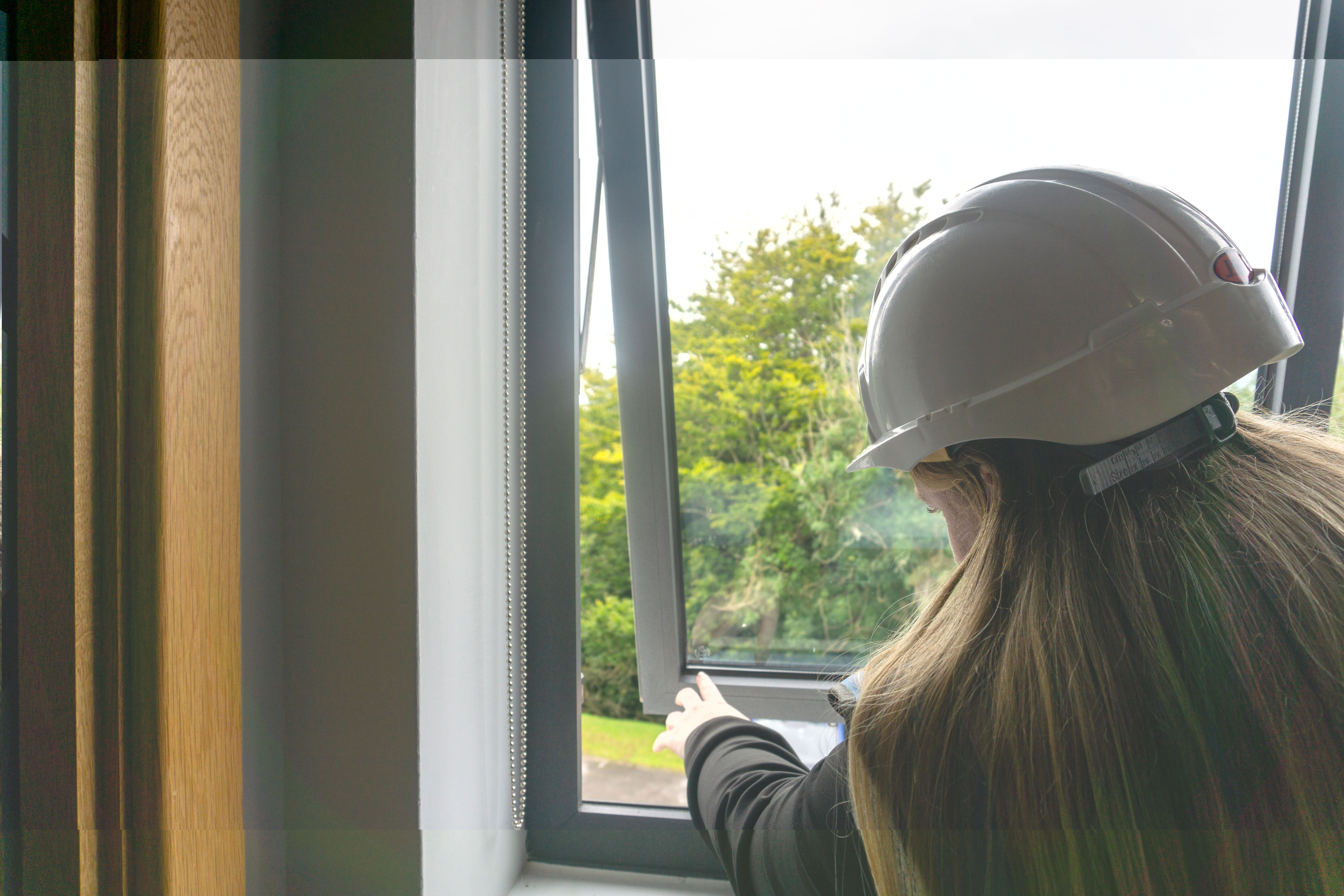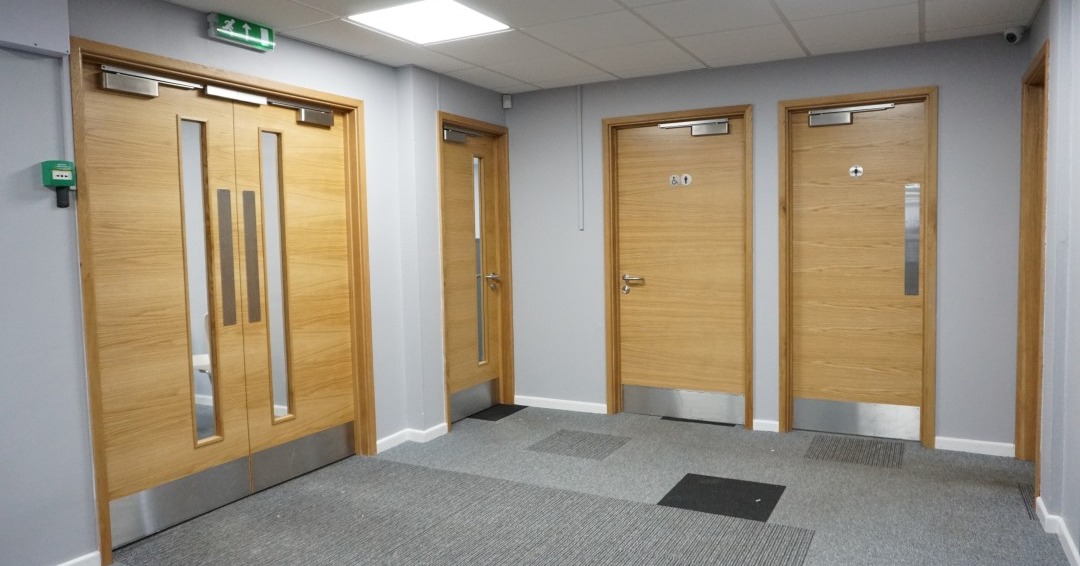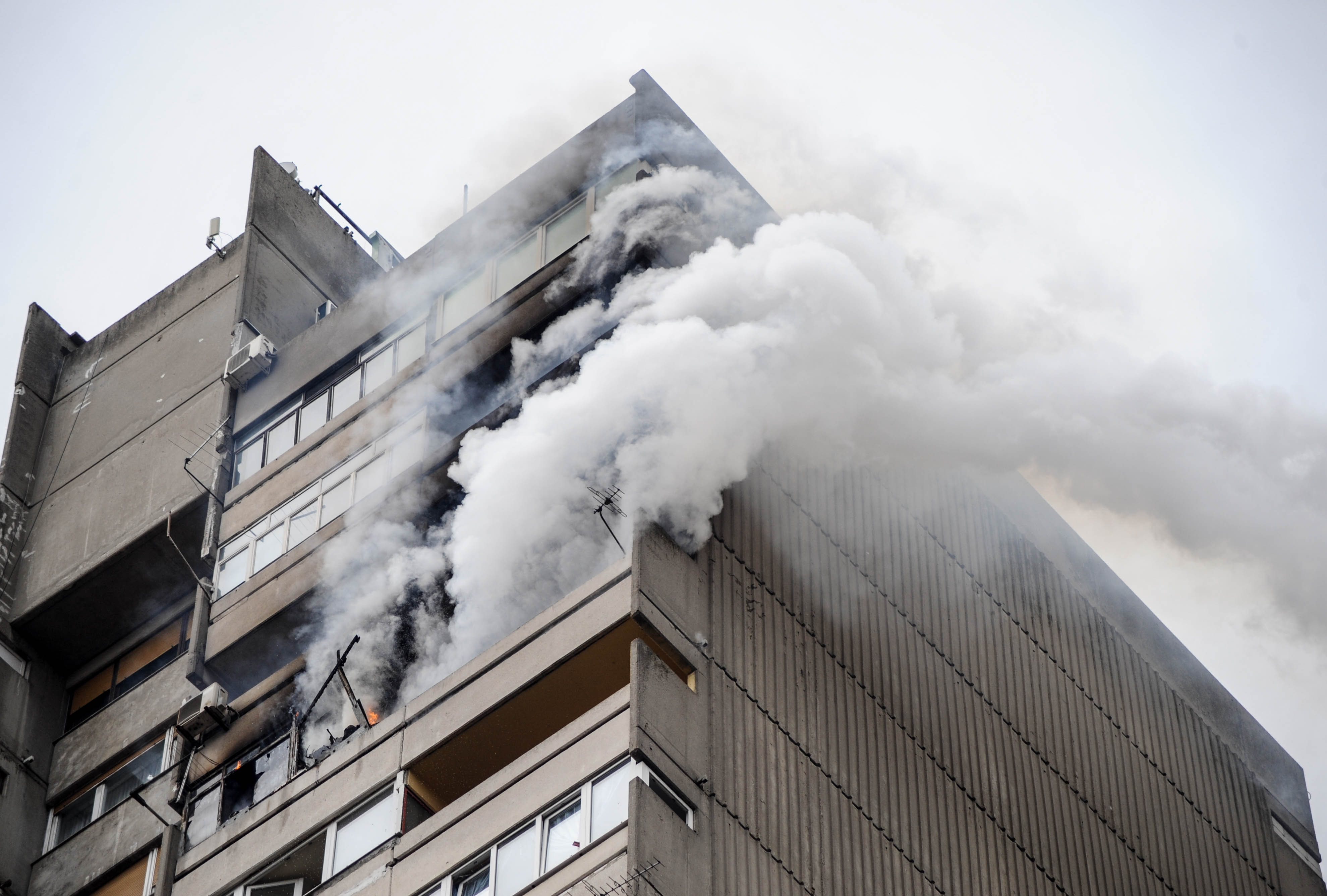Understanding Why Fire Rated Glass is So Important for Building Safety

Fire safety is a critical consideration in modern building design, and one of the key components in ensuring a building’s resilience against fire is the use of fire rated glass. Fire rated glass, which is often overlooked, not only enhances the functionality of a space, but it also plays a crucial role in containing and delaying the spread of fire. In this blog, we will explore what fire rated glass is, why it is essential in fire safety, the best applications for its use, and the regulations that govern its implementation across the UK.
What is Fire Rated Glass?
Fire rated glass is a specially designed glazing system that can resist high temperatures and maintain its integrity for a specific period during a fire. Unlike ordinary glass, which shatters and loses its protective qualities almost immediately under intense heat, fire rated glass is capable of withstanding flames, smoke, and high temperatures for up to 30, 60, or even 120 minutes, depending on its rating.
There are two primary types of fire rated glass:
Integrity Only (E) glass, which prevents the passage of flames and hot gases but not heat.
Integrity and Insulation (EI) glass, which also prevents the transmission of heat, providing an extra level of protection for those on the non-fire side.
Why is Fire Rated Glass So Important in the Event of a Fire?
In the event of a fire, the rapid spread of flames, smoke, and heat can lead to devastating consequences. Fire rated glass acts as a barrier, providing crucial time for occupants to evacuate and for emergency services to contain the fire. By delaying the spread of fire, it reduces the risk of structural damage and helps protect escape routes, which can be lifesaving in large buildings.
Moreover, fire rated glass also ensures that smoke and harmful gases do not spread to areas where people may be taking shelter, further enhancing safety. It’s an integral part of passive fire protection systems, which aim to compartmentalise a building to slow the fire’s progress.
What Types of Buildings Would Benefit Most from Fire Rated Glass?
Fire rated glass is especially beneficial in buildings where both fire safety and visibility are paramount. High-occupancy buildings such as office complexes, hospitals, schools, and shopping center's significantly benefit due to the need for safe evacuation routes and compartmentalisation to prevent the spread of fire. In these environments, fire rated glass provides essential protection without sacrificing natural light or the open feel of modern design. Residential high-rise buildings, such as apartment blocks, also rely on fire rated glass to protect communal areas like corridors and stairwells, ensuring residents have safe passage in the event of a fire. Additionally, heritage and listed buildings can utilise fire rated glass to maintain original aesthetics while meeting modern fire safety standards, thus preserving historical architecture without compromising building safety.
Where are the Best Uses for Fire Rated Glass?
Fire rated glass is commonly used in areas where fire resistance is required but visibility and natural light are also desired. Key locations include:
- Doors and Partitions: Fire rated glass is ideal for use in fire doors and internal partitions. It allows for open, well-lit spaces while maintaining the necessary safety standards.
- Stairwells and Corridors: These are critical escape routes in the event of a fire. Installing fire rated glass in these areas ensures that they remain protected and accessible.
- Atriums and Large Glazed Areas: In modern buildings with large open-plan designs, fire rated glass can be used to maintain both aesthetic and functional design while adhering to safety regulations.
- Commercial and Public Buildings: Fire rated glass is widely used in offices, schools, hospitals, and other public buildings where fire safety is paramount.
What are the Regulations and Legislation in the UK Regarding Fire Rated Glass?
In the UK, fire safety in buildings is governed by several pieces of legislation and guidance documents, including the Building Regulations 2010, specifically Approved Document B, which outlines the fire safety requirements for both residential and commercial properties.
Fire rated glass must be tested and certified to meet British and European standards. The most relevant standards include:
- BS EN 13501-2: This standard specifies the fire resistance performance of glass and other construction products.
- BS 476: This is a broader standard that covers fire tests on building materials, including glass.
Fire rated glass used in the UK must also be classified according to its fire resistance (measured in minutes), with clear labelling to indicate whether it offers integrity only or both integrity and insulation.
It is essential for architects, builders, and property managers to ensure compliance with these regulations, as failure to do so can result in severe penalties, including fines and the closure of unsafe buildings.

Fire rated glass is a vital component in modern fire safety design. Its ability to contain the spread of fire while allowing visibility and light makes it a versatile solution for a wide range of applications. Understanding the types of fire rated glass, its importance during a fire, and where it can be most effectively used, along with adhering to UK regulations, ensures that buildings remain both safe and compliant.
By incorporating fire rated glass into your building’s design, you can create spaces that are not only functional and aesthetically pleasing but offer enhanced protection in the event of a fire.






